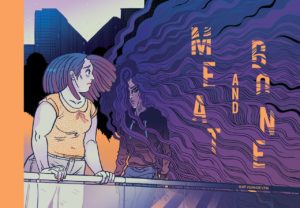
Meat and Bone
Cartoonist: Kat Verhoeven
Publisher: Conundrum Press
There’s a recurring image scattered throughout Kat Verhoeven‘s Meat and Bone, that of Jane Fonda‘s infamous Barbarella. It serves as the backdrop onto which our main protagonist, Anne, explores her body issues. There have been many phases of Fonda’s career: actress, political activist, workout expert, television star, and more recently, advocacy work for women in media. She is, by all accounts, an accomplished woman and a beautiful woman. Those are things which Anne desperately wishes she could have: a more fulfilling life and a slimmer, “prettier” body. Fonda also suffered from an eating disorder, something she shares with Anne.
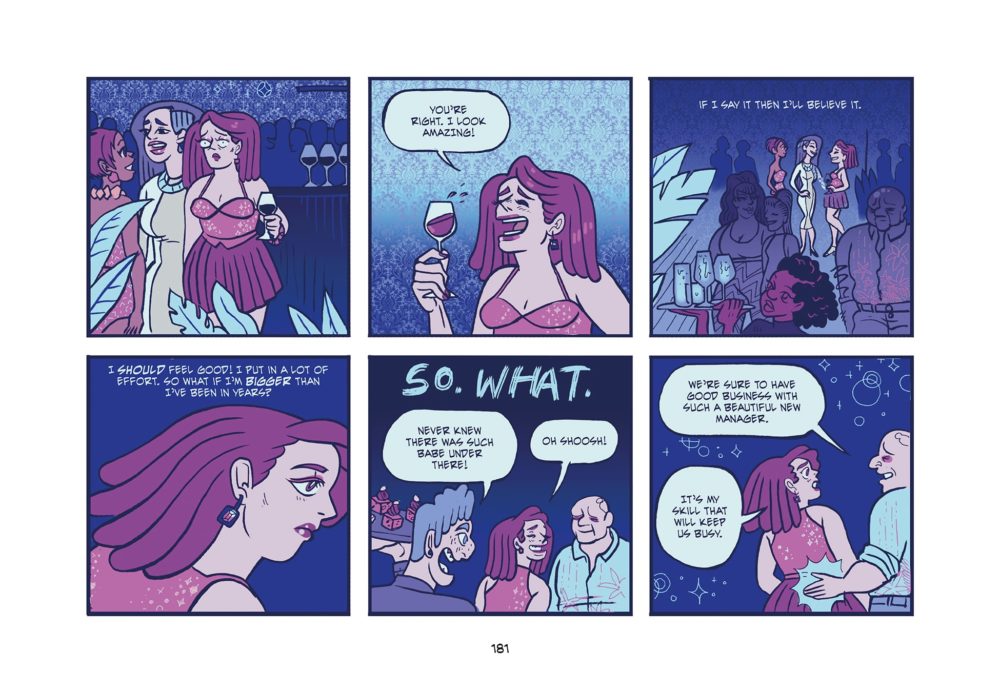
Meat and Bone is the story of people drifting, knowing what they want, but not quite capable of achieving it. Each trying in their own way to get to where they want to be with some relative degree of success. We focus on two characters, Anne and Gwen. Anne wants to be a successful author, but she’s stalling; she’s in a rut. She’s stuck in a job where she excels, but that is far from her dream job. That job also takes her away from time she could spend writing. She also struggles with body image issues. She thinks she’s too big; work has too many food temptations, not enough time to move. She is struggling with an eating disorder.
Gwen, on the other hand, is trying to live a happier life. She’s polyamorous, but can’t quite get this right either. Matters of the heart are complex, as she soon realizes. The narrative tension comes from these characters wanting and not achieving. A perfect body, a better job, a relationship, a muscular body, friendship.
Their stories are also contrasted by that of their friend Jane, who’s just moved back to Toronto. Jane focuses on a few things since her return. She’s not comfortable with her body and decides to start lifting weights and doing weight training. She also focuses on writing her book. It’s almost like she decides that nothing will ever be perfect and not only makes the best of her situation, but actively tries to make incremental gains over time to reach a better place.
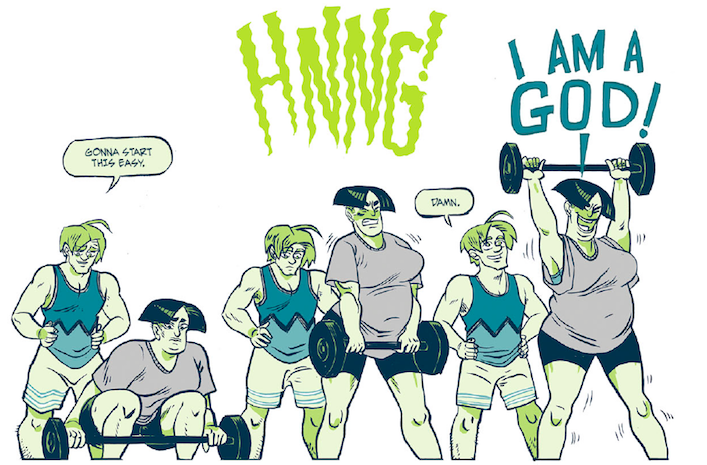
This book is a remarkable achievement. Verhoeven started writing Meat and Bone as a webcomic back in 2012 and it lasted for six years until this complete edition was released by Conundrum Press in May 2019. I was struck with how effortless this book was to read. Verhoeven weaves a coherent, engaging narrative while shifting within a large ensemble of characters, and manages to give appropriate time to develop each of them. There is an unwavering narrative vision in Meat and Bone, but also, there is love and care in this book.
This felt like an absolute step up from her previous book Towerkind, which had the same care and thought put into the characters, but perhaps felt a bit more detached due to its subject matter (an end-of-the-world story with minor urban, supernatural, fantasy elements) or perhaps to its length (a little under half of what Meat and Bone is). Verhoeven mentioned in an interview with The Beat earlier this year that this was always meant to be read as a book, or at least in big chunks. She played a long game and it paid off.
There’s an interesting way in which the book veers in unexpected ways while still remaining focused on the characters. We see this in particular with the story of Ryan, who at first appears to be a secondary character, but who, over time as Kat Verhoeven wrote the book, became a more prominent protagonist. In a way, it becomes a way to explore the same themes Verhoeven laid out with her main characters and something that can really only happen when a series is developed over time like Meat and Bone was. It allows some flexibility to enhance and explore new avenues as needed.
Due to the length of time Verhoeven spent working on Meat and Bone, we get to see her artistic skills evolve throughout the book. It’s refreshing to experience something like this. Graphic novels and comics generally take a lot of time; it’s a painstakingly long process and being able to witness an artist improving their abilities as you progress through the story is quite remarkable.
Verhoeven’s use of vibrant colours gives the book a very unique look. It’s perfect for establishing tone and mood. This helps her convey her more dramatic moments with a darker colour palette and lighter events with a more playful look. There are also real imaginative ways in which Verhoeven often depicts her characters — in particular, the character Mal, the downstairs neighbour whom Anne is enamored with. She’s extremely thin and her bright, ginger hair is flowing and taking over every panel she’s in. You can see it on the cover of the book as well: her hair takes up about 40 percent of the page. The waves of hair appear to grab the title and pull it in her undertow.
Meat and Bone is a book about finding happiness and rejecting the idea of being the “ideal” or “perfect” version of yourself. This book asks its protagonist to move the goal posts to get to a place where they can find joy. It’s sometimes the only way to go to find a way to be content.


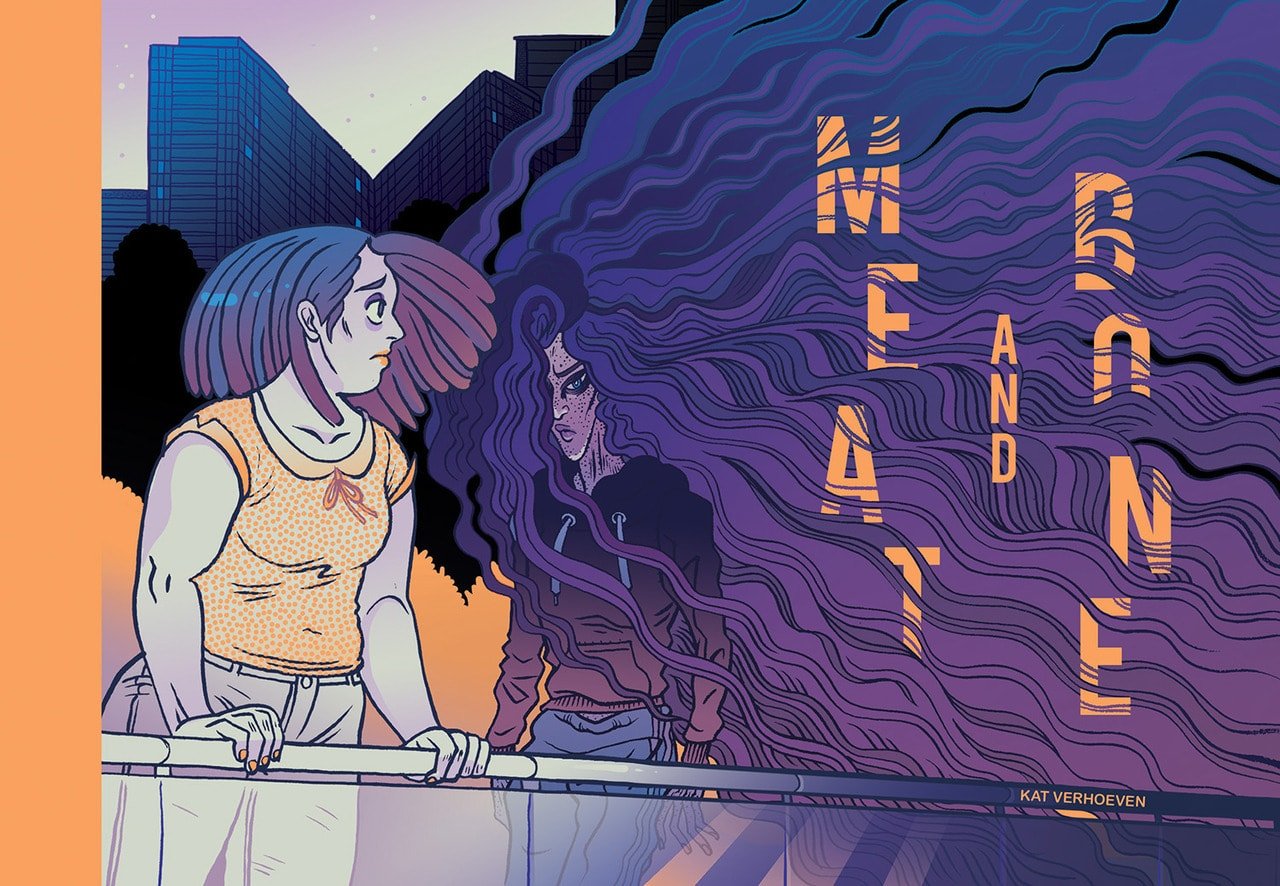
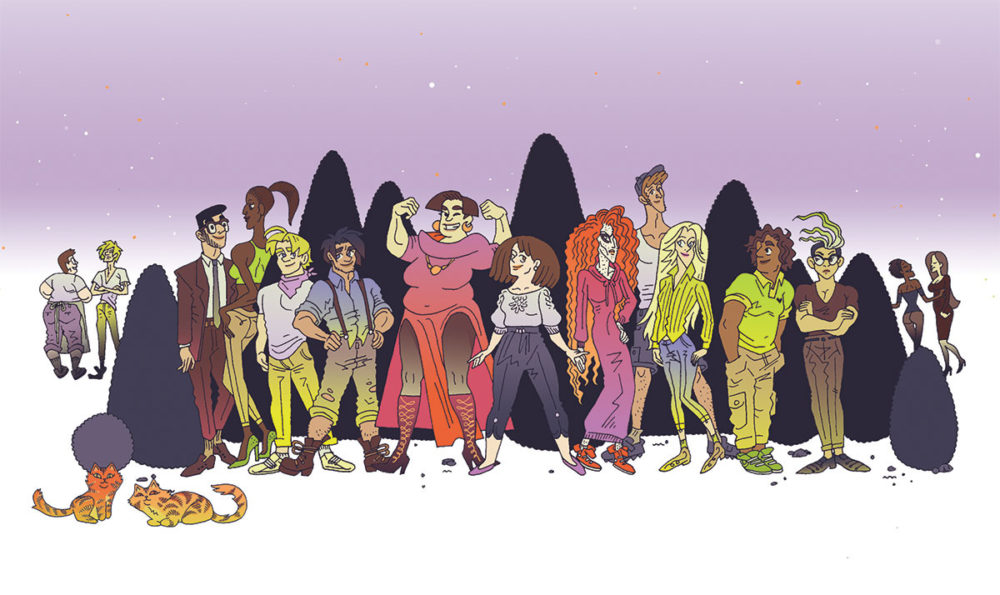
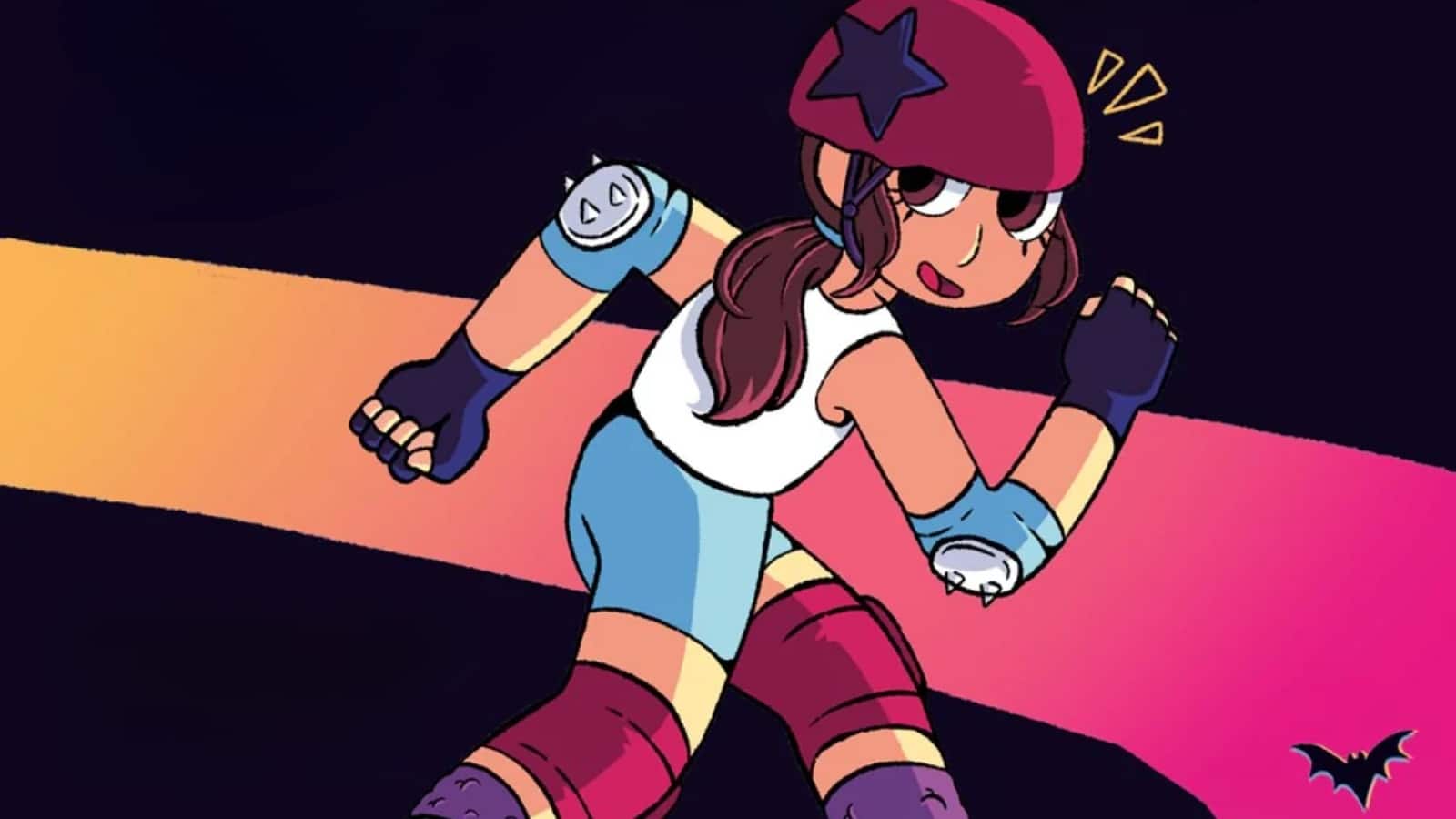
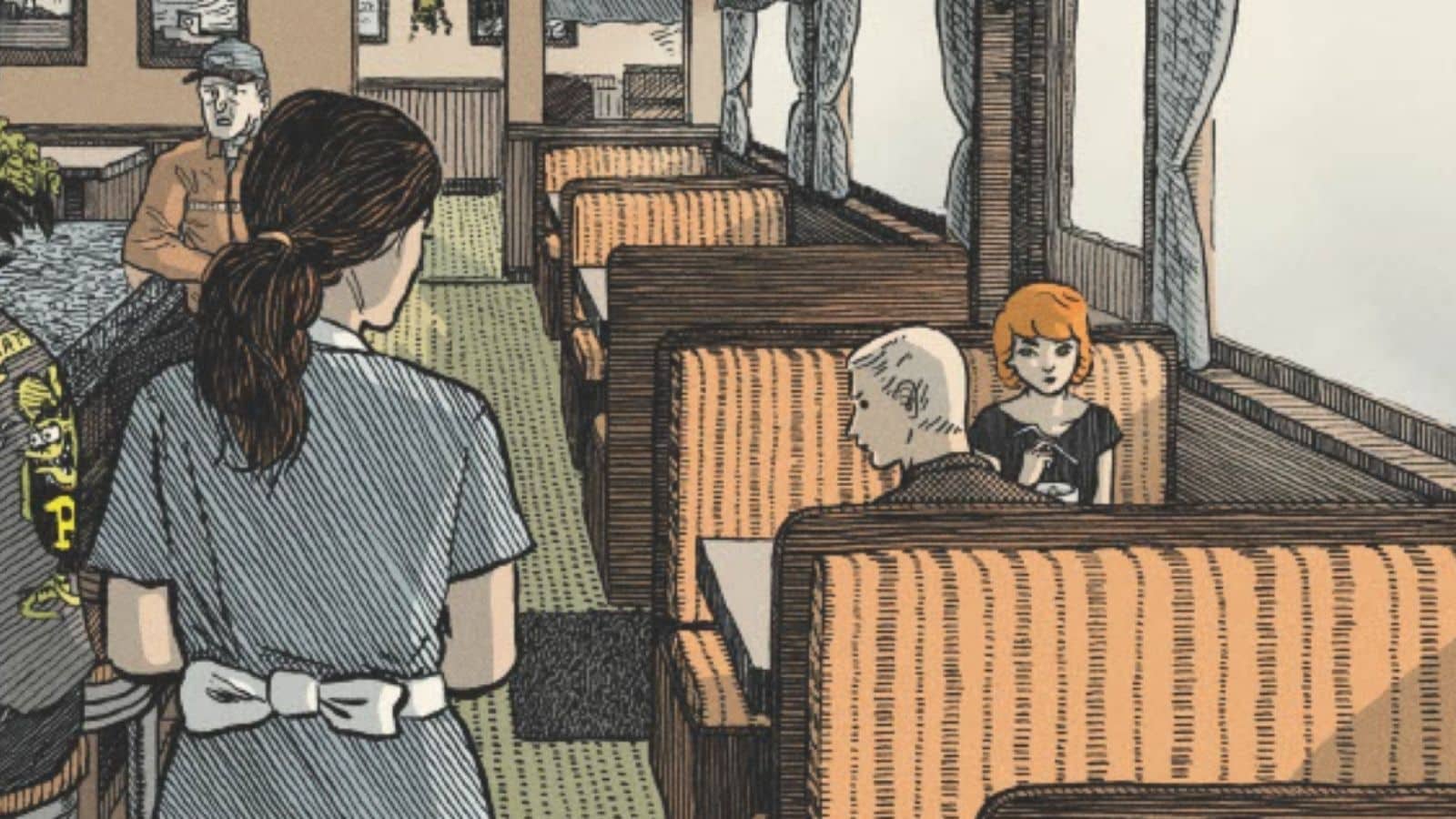
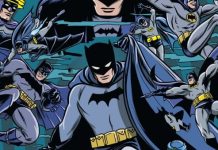
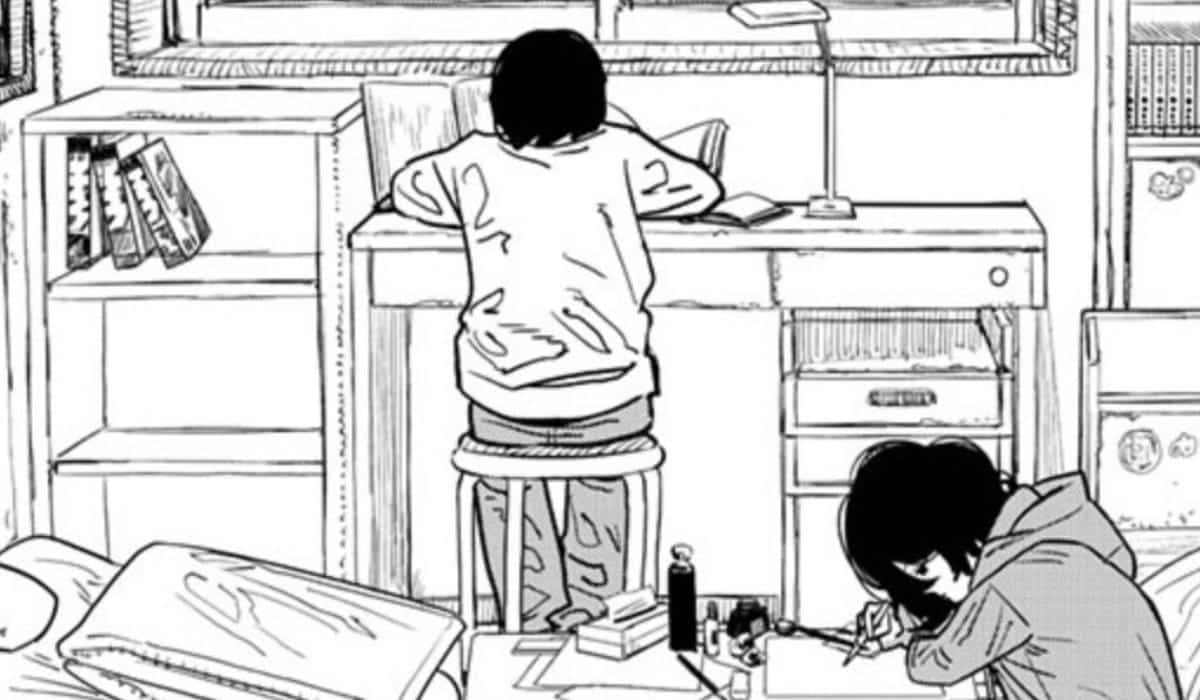

Comments are closed.